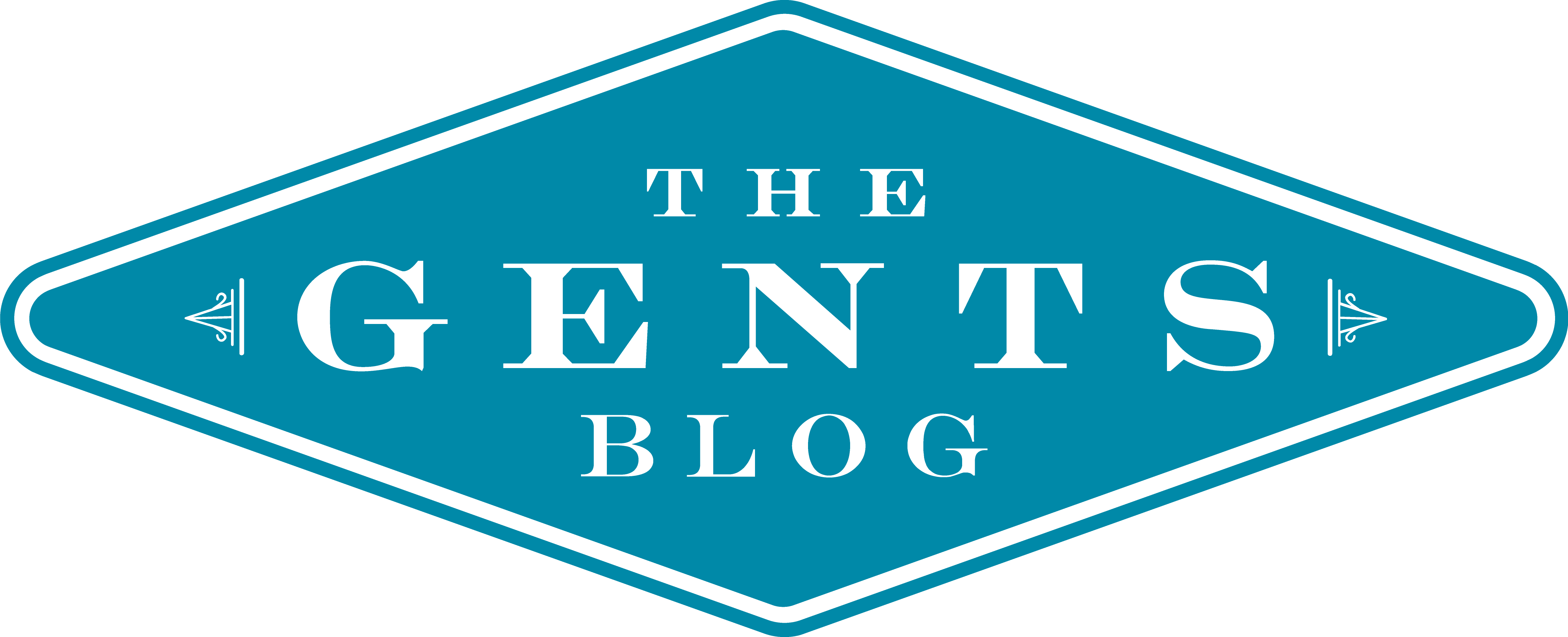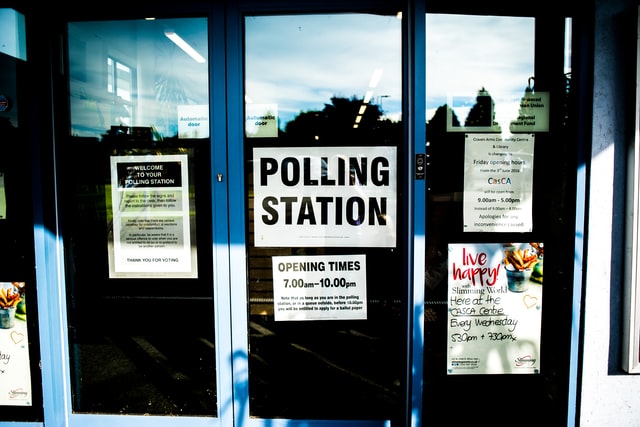There is often a lot of debate about the Electoral College anytime a national presidential election looms, but the truth is that so few of us know how it works and why it exists. The history behind the Electoral College is pretty interesting, and gives us some insights into how America’s current form of government has traditionally tried to function.
The Real Election
Most Americans are used to national elections happening early in November, which makes sense, since the law stipulates that the actual date should be the “first Tuesday after November 1.” However, regarding the President, the real election happens the “first Monday after the second Wednesday” (yes, it actually says that) in December. This is when electors from each state gather in Washington, D.C., to cast their electoral votes. Most states have a winner-take-all system in which the winner of the popular vote gains all the electoral votes of the state. Only Maine and Nebraska are outliers here, allowing electoral votes to go to multiple candidates.
There are 538 electors in total, so 270 is the magic number to win the election this way. A state gets one vote for each senator and representative, so that means the minimum number of votes for any state is 3. Most don’t know this, but the District of Columbia, despite lacking statehood, also gets three votes, courtesy of the 23rd Amendment.
In the case of a tie in the Electoral College, the vote goes to the House of Representatives, with each state having one vote, though a quorum of at least ⅔ of the states must exist for the vote to be valid. If no decision is reached by January 20th, the Vice President becomes acting President, and the Senate chooses the Vice President. If no choice is made here either, the Speaker of the House becomes acting Vice-President. This state continues indefinitely until Congress makes a decision. Needless to say, this situation has never happened.
Who are the Electors?
Actually, almost anyone can be an elector, unless you are a Senator, Representative, or a holder of “an office of Trust or Profit under the U.S.” This slate of state electors is determined by political parties and depending on the rules of the party in any given state, it’s not too difficult to become one. There have been some cases of “faithless” electors in the past, i.e. electors who ended up casting a vote for someone other than what their state had ordered, though no faithless electors have ever influenced a Presidential election.
How Has This Worked in History?
Well there’s been all sorts of interesting cases. In 1800 there was a tie in the Electoral College between the two candidates, which sent the election to the House, which chose Thomas Jefferson as President and Aaron Burr as his Vice President.
In 1824 no candidate got a majority of the electoral vote (there were four candidates this time, including future President Andrew Jackson) so the election again went to the House, which chose John Quincy Adams as President.
More recently, the conflicts have been about the gap between the electoral college and the popular vote, but this usually comes from those who don’t understand how and why the electoral college was instituted. The argument is often made that California, with a population of 39.5 million people, “only” has 55 electoral votes, whereas the states of Alaska, Arkansas, Connecticut, the Dakotas, Delaware, Hawaii, Idaho, Iowa, Kansas, Maine, Mississippi, Montana, Nebraska, Nevada, New Hampshire, New Mexico, Rhode Island, Vermont, West Virginia, Wyoming, and of course, the District of Columbia together add up to 37.8 million people, but have 96 votes by comparison.
This argument neatly ignores two problems: a country which has already suffered through a Civil War in the past because of conflicts between state and federal power would not peaceably accept the “right” of California to rule over 21 other states. It also would lead to the practical problem of presidential candidates ignoring everywhere but the major population centers, which would lead to most campaigns happening exclusively in California, New York, and Texas, with the rest of the country ignored. This is not a recipe for civil harmony.
That said, if the American people, rather than talking heads, are interested in changing the electoral process, there is a method to do so: amending the Constitution. But that process is also built on state consensus rather than the whims of population centers. The resolution must have a ⅔ majority in both houses and then goes out to the States (bypassing the President) for ratification. If ¾ of the states ratify (a time limit can be set by Congress) then the Amendment becomes law. So if those who argue for a popular vote to replace the Electoral College “have the votes” of the people then they can certainly get an amendment passed.
Time to Vote…For Your Electors
So, even though you won’t be voting directly for the President next week, the current system in place ensures that in effect, the popular vote in each state does determine the President, ensuring that all 50 states have a voice, not just two or three of them.
Do you plan to vote this year? Why or why not? Share with us in the comments.



